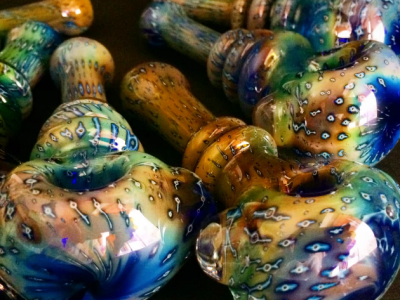What does Topping mean?
In horticulture, topping is the act of mowing or cutting the aerial part of a crop to prevent seed formation and distribution. Most often, topping is performed in order to control a temporary cover crop and prevent it from seeding.
Indoors, a variation of topping is often employed in order to create a more stout and bushy plant, one that is suitable for thriving indoors.
More Info On Topping
If a cover crop were to produce seeds, they would fall to the ground and germinate. This would contaminate the land, negatively impacting the growth rate of the more desirable crop being planted in the following years.
There are many reasons and uses for topping plants. It is a common practice to move thistles from soybean or cotton fields to prevent them from seeding.
Essentially, a person is topping the lawn every time the grass is cut. Topping prevents the grass from seeding and will produce a thicker lawn as all of the plant’s energy is shifted to growing instead of producing seeds.
Topping is also well used in the development of new corn varieties. The pollen-producing tassel is topped and the silk of the plant is pollinated with a variety that has additional characteristics.
Topping is also used in landscaping in order to produce a level hedge or to promote more desirable growth habits a plant may not naturally have.
Tree topping is also done by arborists who are looking to shape and control tree growth at the request of their clients, usually a municipality or a homeowner.







